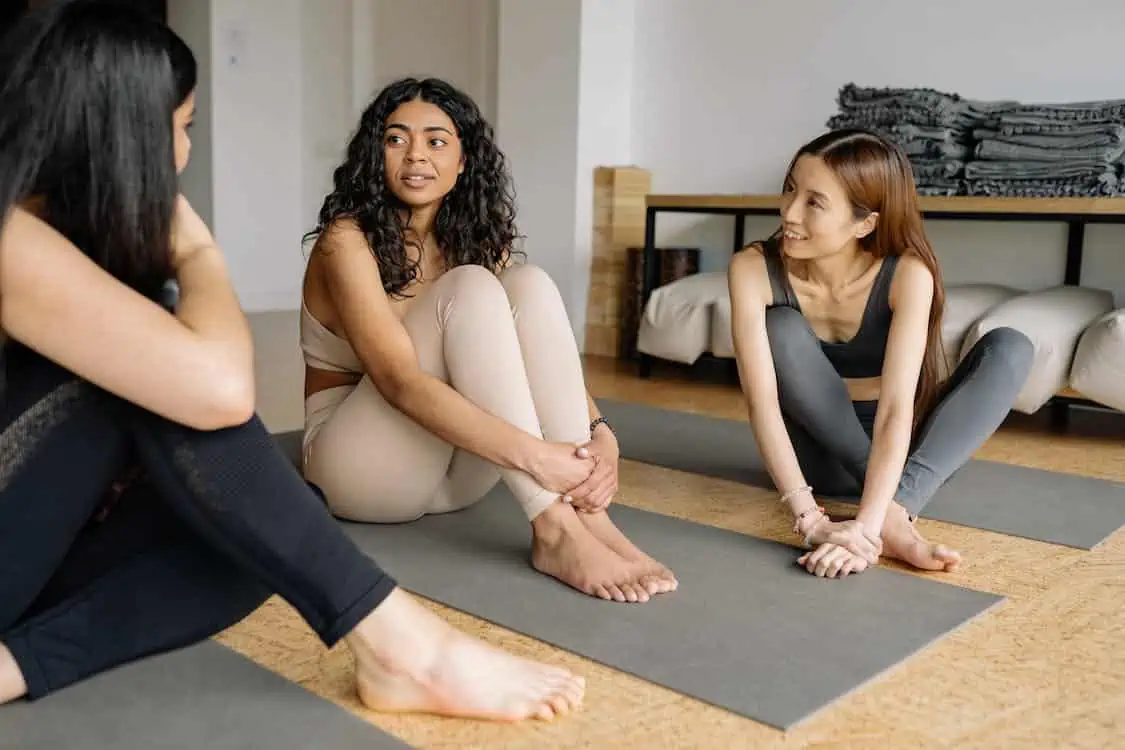Image Source: Google
Yoga and mindfulness have become popular practices for improving physical and mental well-being. One of the key components of these practices is the focus on breath. By learning to harness the power of our breath, we can unlock a wealth of benefits for our mind, body, and spirit. This beginner's guide will explore how you can use the breath to enhance your yoga and mindfulness practice.
The Importance of Breath in Yoga and Mindfulness
Before we delve into the beginner yoga techniques, it's essential to understand why breath is such a crucial element in yoga and mindfulness:
- Breath is a bridge between the body and the mind, helping to cultivate awareness and presence.
- Conscious breathing can regulate the nervous system, promoting relaxation and reducing stress.
- Proper breathing techniques can improve oxygen flow to the brain and muscles, enhancing performance and focus.
- Deep breathing can aid in releasing physical tension and emotional blockages stored in the body.
The Basics of Breath Awareness
One of the first steps in unlocking the power of breath is to develop awareness of how you breathe. Here are some fundamental techniques to get you started:
- Find a comfortable seated position with your spine straight and shoulders relaxed.
- Close your eyes and bring your attention to your breath without trying to change it.
- Notice the natural rhythm of your breath – the inhalation, the exhalation, and any pauses in between.
- Observe how your breath moves in and out of your body, feeling the sensations in your nostrils, chest, and belly.
Pranayama: The Art of Breath Control
Pranayama is the practice of controlling the breath for various purposes, such as calming the mind, energizing the body, or balancing the emotions. Here are some common pranayama techniques you can explore:
- Deep Belly Breathing: Place one hand on your belly and one hand on your chest. Inhale deeply through your nose, allowing your belly to rise as you fill your lungs with air. Exhale completely, feeling your belly fall. Repeat for several breaths.
- 4-7-8 Breath: Inhale through your nose for a count of 4, hold your breath for a count of 7, and exhale through your mouth for a count of 8. This technique can help induce relaxation and reduce anxiety.
- Alternate Nostril Breathing: Close off one nostril with your thumb and inhale deeply through the other nostril. Close both nostrils, hold the breath for a moment, then release and exhale through the opposite nostril. This practice can help balance the flow of energy in the body.
Integrating Breath with Movement
In yoga, the breath is often synchronized with movement to create a dynamic and flowing practice. Here are some tips for integrating breath with movement:
- Use the inhale to expand and create space in the body, such as in backbends or opening postures.
- Use the exhale to contract and release, such as in forward folds or twisting postures.
- Match the duration of your breath with the pace of your movements, moving mindfully and with intention.
- Focus on the quality of your breath – smooth, steady, and controlled – to guide your practice.
Bringing Mindfulness to Your Breath
Mindfulness is the practice of being fully present and aware in the current moment, without judgment or attachment. When it comes to breath, mindfulness involves observing the breath as it is, without trying to change it. Here are some ways to cultivate mindfulness in your breath:
- Practice mindful breathing throughout your day, whether you're sitting at your desk, walking, or waiting in line.
- Notice how your breath changes in different situations – when you're stressed, relaxed, or engaged in physical activity.
- Bring your attention back to your breath whenever your mind starts to wander, using it as an anchor to the present moment.
- Allow yourself to fully experience each breath, appreciating the simple yet profound act of breathing.
Conclusion
By learning to harness the power of your breath, you can deepen your yoga and mindfulness practice, bringing greater clarity, calmness, and vitality to your life. Remember that breath is not just a physiological function but a gateway to self-awareness and transformation. Through mindful breathing and pranayama techniques, you can unlock the potential of your breath to nourish your body, quiet your mind, and uplift your spirit. So take a deep breath, exhale fully, and embrace the journey of self-discovery through the power of breath.
